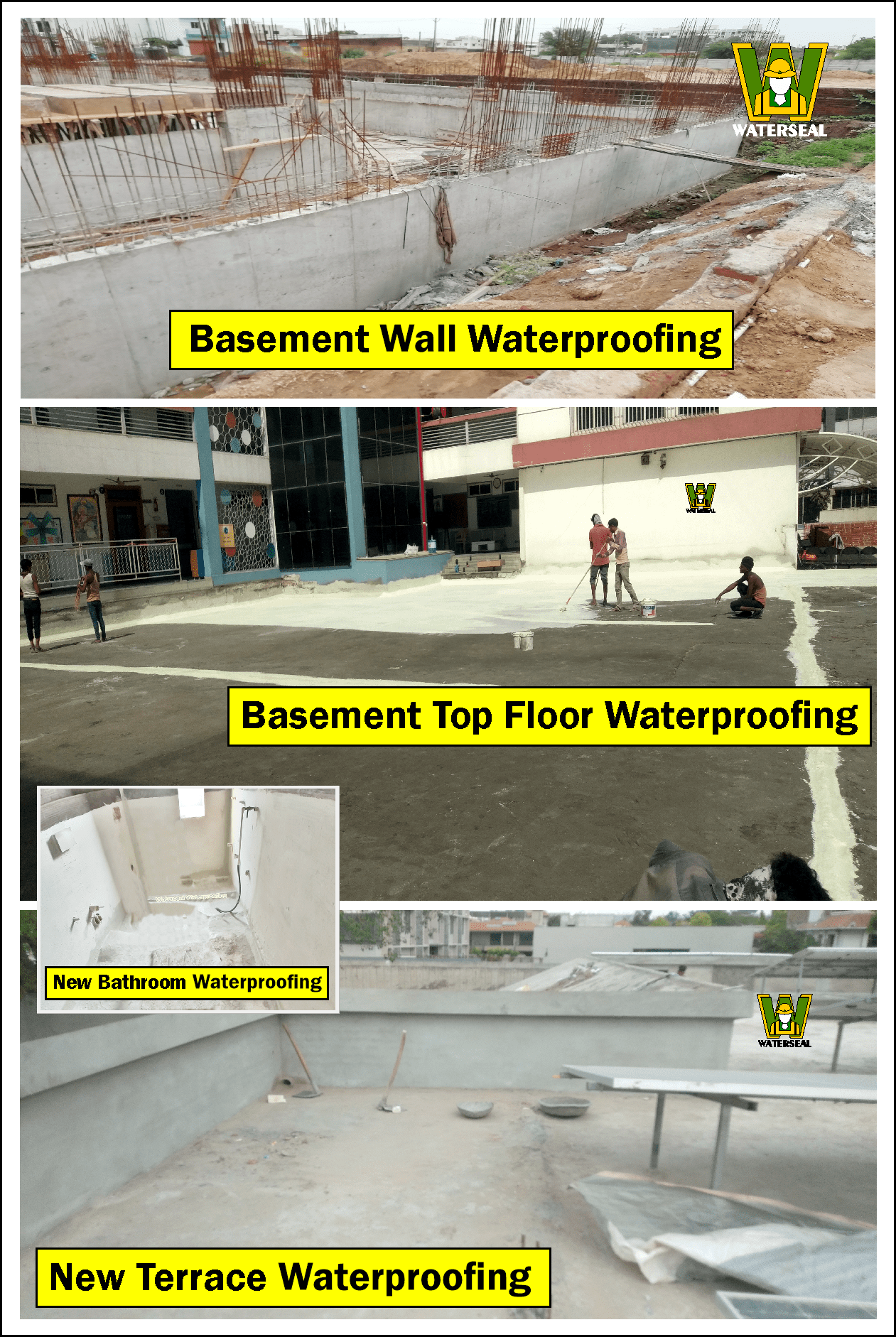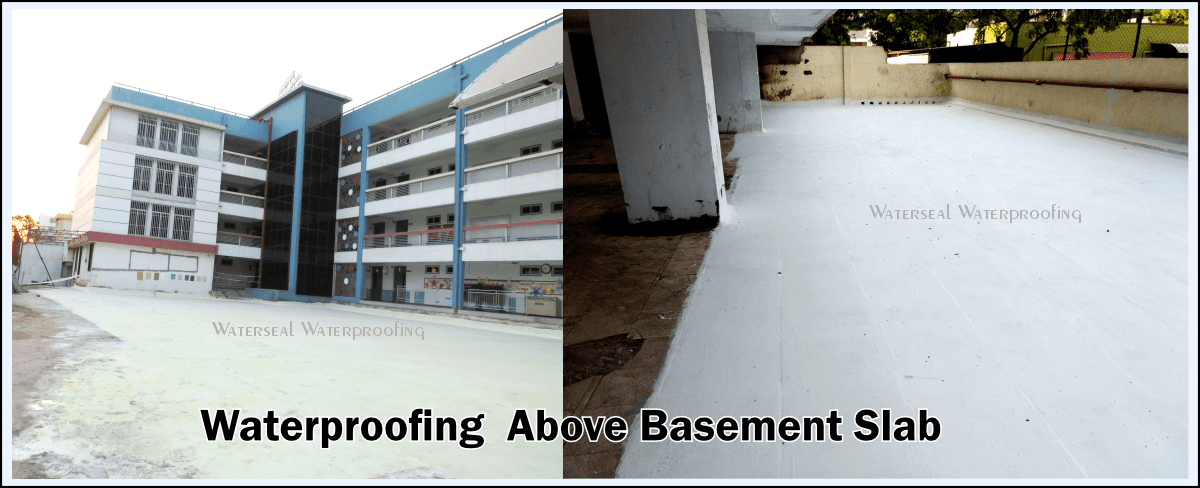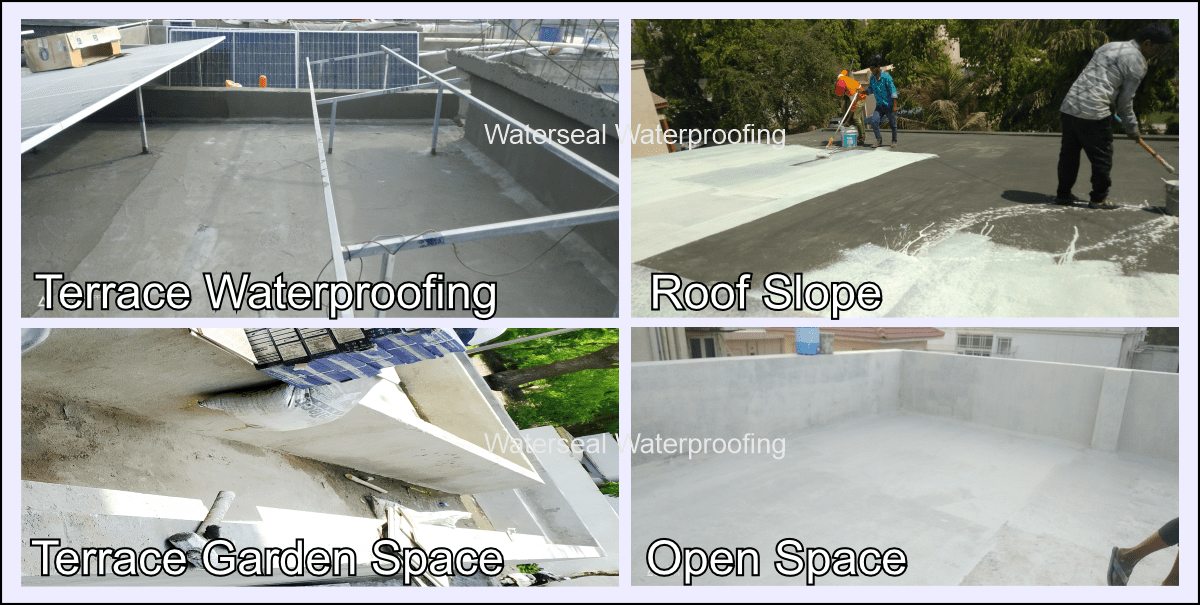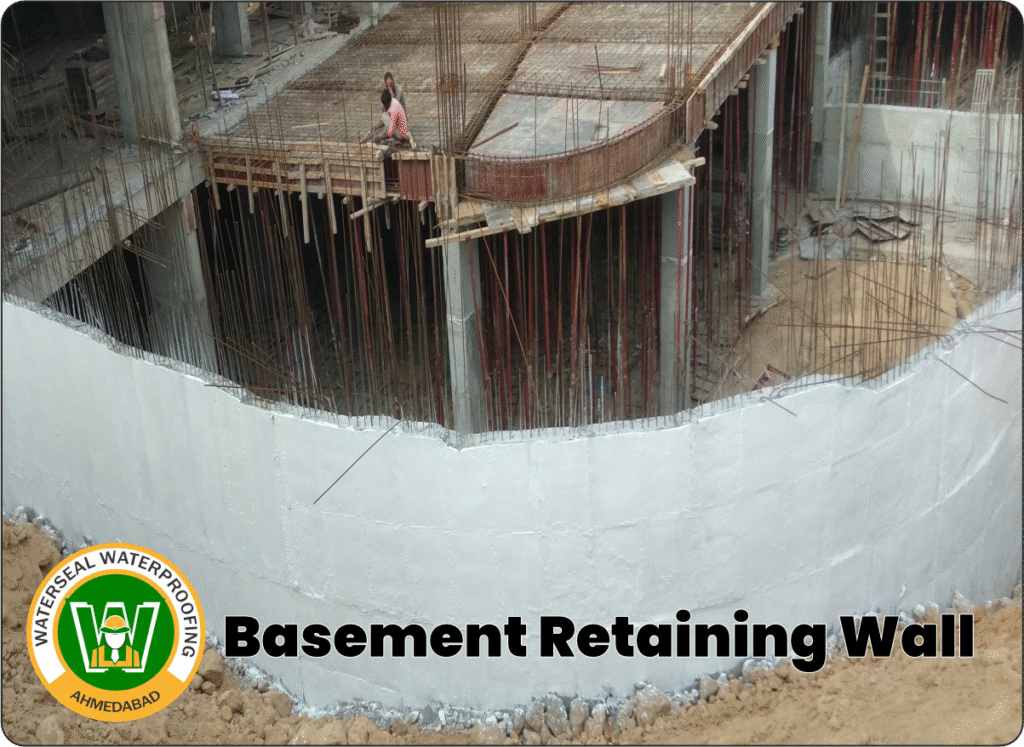New Construction Waterproofing – Complete Guide
Introduction
New construction waterproofing is one of the most important steps in ensuring a strong and leak-proof home. When waterproofing is done correctly during construction, it prevents water seepage, structural damage, and unhealthy damp conditions. Every area—from the basement to the terrace—needs proper new construction waterproofing to maintain durability, safety, and long-term protection.

Why Is Waterproofing Important in New Building Construction?
Waterproofing during construction is essential to:
Avoid long-term water leakage
Prevent damp patches, mold, and peeling paint
Protect the building's structural integrity
Reduce future repair costs
Without new construction waterproofing, the building becomes vulnerable to rain, ground moisture, and pipe leakages—leading to damage that's expensive and difficult to fix later.
Areas to Waterproof in New Construction
A complete new construction waterproofing plan should include the following:
Basement exterior walls – Waterproof before backfilling to stop future seepage.
Parapet wall joints, sunken floors, and concrete slab joints – Seal these vulnerable points.
Expansion joints – Use flexible waterproof materials for movement tolerance.
Terrace – Apply waterproofing before plastering and ensure a proper slope.
Bathrooms – Waterproof after plumbing but before tiling to stop moisture penetration.
Kitchens – Apply new construction waterproofing before installing drainage pipes and floor tiles.
Exterior walls – Waterproofing after plastering prevents rainwater absorption.
Underground and overhead water tanks – Must be fully sealed with long-lasting waterproofing systems.
How to Do Waterproofing During New Construction
Apply high-quality materials like Waterseal PSV coating to critical zones. During new construction waterproofing, make sure:
Surface is clean, dust-free, and dry
Cracks and gaps are sealed before coating
Multiple layers are applied where necessary
Protective curing is done before plastering or tiling
Effective new construction waterproofing acts as a permanent barrier, preventing leaks, mold, and wall damage.
Why Does Concrete Require Waterproofing?
Concrete structures may develop hairline cracks and absorb moisture over time. Without proper new construction waterproofing, issues such as:
Corrosion of embedded steel
Surface cracks and water patches
Weakening of foundations
…can become common. Waterproofing seals these risks and ensures your concrete stays protected for decades.
Roof Slope and Drainage in New Construction
Terrace waterproofing is a key part of new construction waterproofing. Always provide a slope to drain rainwater properly. Avoid water stagnation by installing adequate drainage outlets. Large roofs should be sloped using concrete tapering before applying waterproof layers.
👉 Need expert advice or a DIY waterproofing kit? Contact Waterseal today and start your new construction the right way.
You can reach us by filling out the contact form below, or connect with us via:
📧 Email: contact@waterseal.in
📱 WhatsApp: 9825585997
✅ Conclusion
Investing in proper new construction waterproofing is the smartest way to protect your home. From basements to terraces, each part of your building must be sealed against moisture from the start. Use tested waterproofing chemicals like Waterseal PSV to achieve long-term durability, leak protection, and peace of mind.
👉 Ready to waterproof your new home? Contact Waterseal today or explore our PSV waterproofing chemical for professional and DIY use.
To prevent water or moisture seepage from the soil outside, it's crucial to permanently waterproof the exterior walls of your basement. This is especially important during the monsoon season to keep your basement safe and dry.
Neglecting to waterproof the walls could result in costly damage and structural harm to items stored in the basement. It's recommended to invest in professional and proper waterproofing to prevent such consequences. Ensuring the job is done correctly can secure the safety of your basement. longevity and protect your belongings.
Waterproofing the exterior wall of your basement is beneficial for a few reasons.
1. it prevents water from entering your home, which can cause damage to your building.
2. it helps to prevent the growth of mould, which is beneficial for the air quality of your home.
3. it can help the outside of your building last longer, which means less maintenance costs in the long term. Finally, it also enhances the aesthetics of your building.
Waterproofing Above Basement Slab

Waterproofing on Basement Slab
If the basement of a building has a car park, game room, and warehouse, and the upper floor is open, it is essential to make the top floor waterproof. If water is not removed promptly, it will seep through the basement's walls and ceiling, causing damage. Hence, it is crucial to waterproof the entire upper floor to avoid this problem.
New Bathroom Waterproofing

Method for the new bathroom Waterproofing
- Cleaning the floor area in the bathroom.
- All Core Filling
- Apply the first layer to fill the invisible cracks and small holes with diluted silicone.
- Applying the second and third layers of silicone-based sealant to strengthen the surface.
- Applying the last of Waterseal PSV with a sprayer or brush.
Best chemical waterproofing for bathrooms.
Prevent seepage and leakages in ceilings below the Bathroom floor
Water Tank, Swimming Pool,Terrace Garden Fish Pond ,Fountain Tank Waterproofing

At which places is waterproofing necessary during the construction of a new building?
When constructing a new building, it's important to use waterproofing in certain areas. Hiring a professional contractor to apply waterproofing in these locations can prevent damage from rainwater for a long time. Guidelines for waterproofing
- Basement Exterior Wall
- Above Basement Slab
- Bathrooms and Kitchen
- Overhead and Underground Water Tank
- Fountain Aria and Tank
- Aquarium fish tank OR Pond
- Swimming Pool
- Jacuzzi
- Terrace Garden
Our solution offers long-lasting protection against water damage, prevents structural harm, increases durability, reduces maintenance costs, preserves water quality, and prevents wastage.
New Terrace, Roof , Perafits, Balcony, and Terrace Garden Waterproofing

Our company focuses on waterproofing services for outdoor areas such as balconies, terraces, roof slopes, parapets, and gardens. This helps keep water out and prevents damage to your property. Our skilled team can improve your outdoor spaces to be 100% waterproof.



